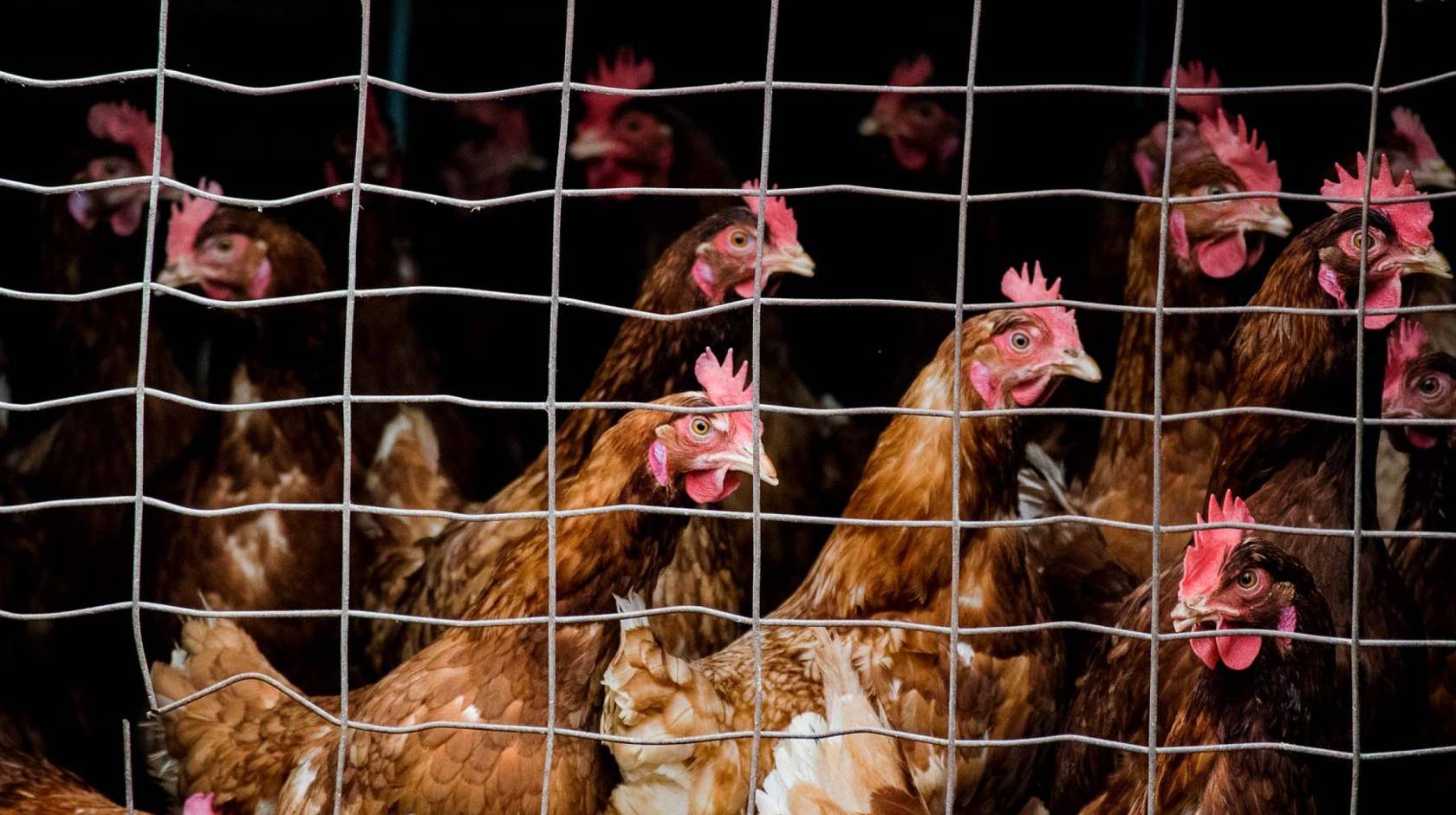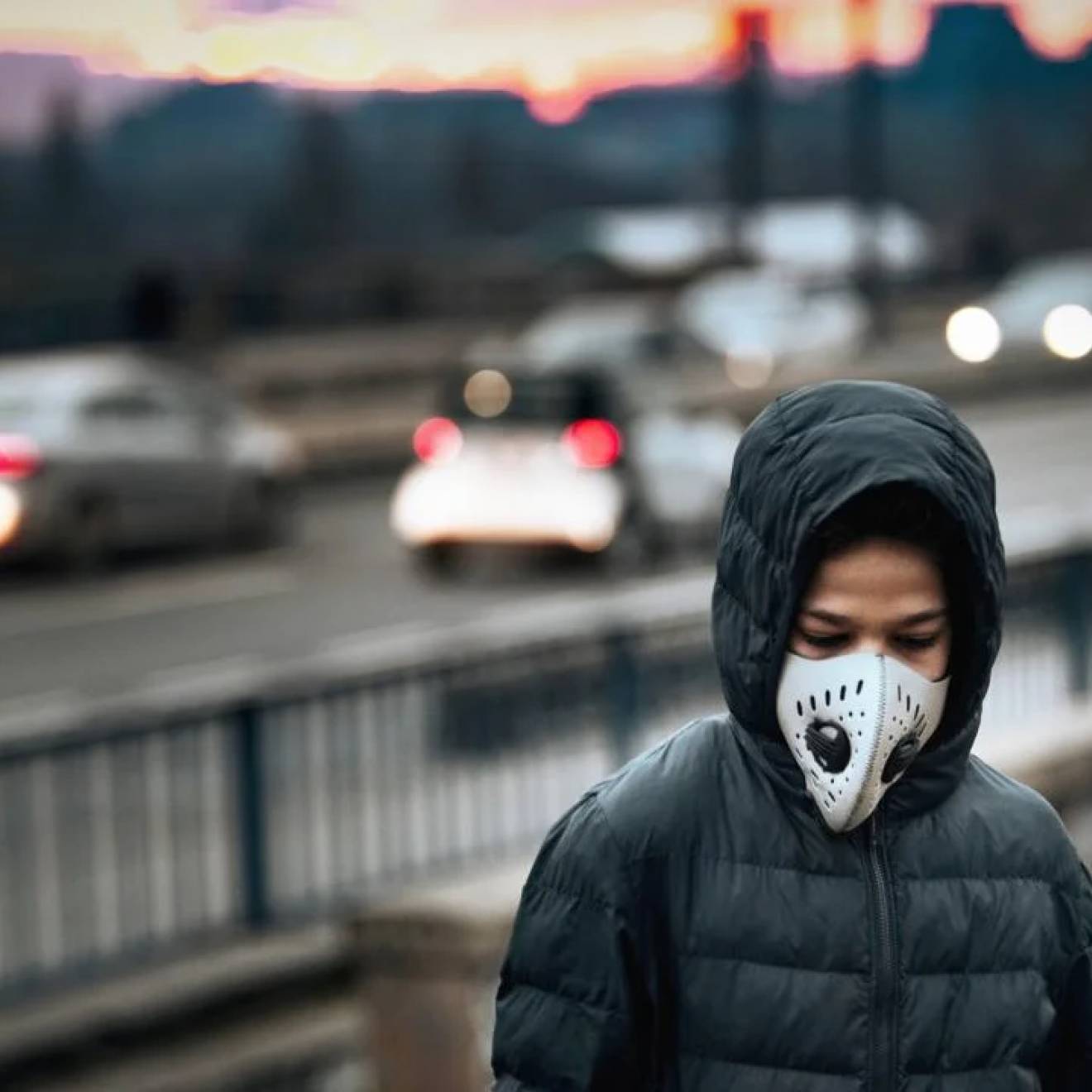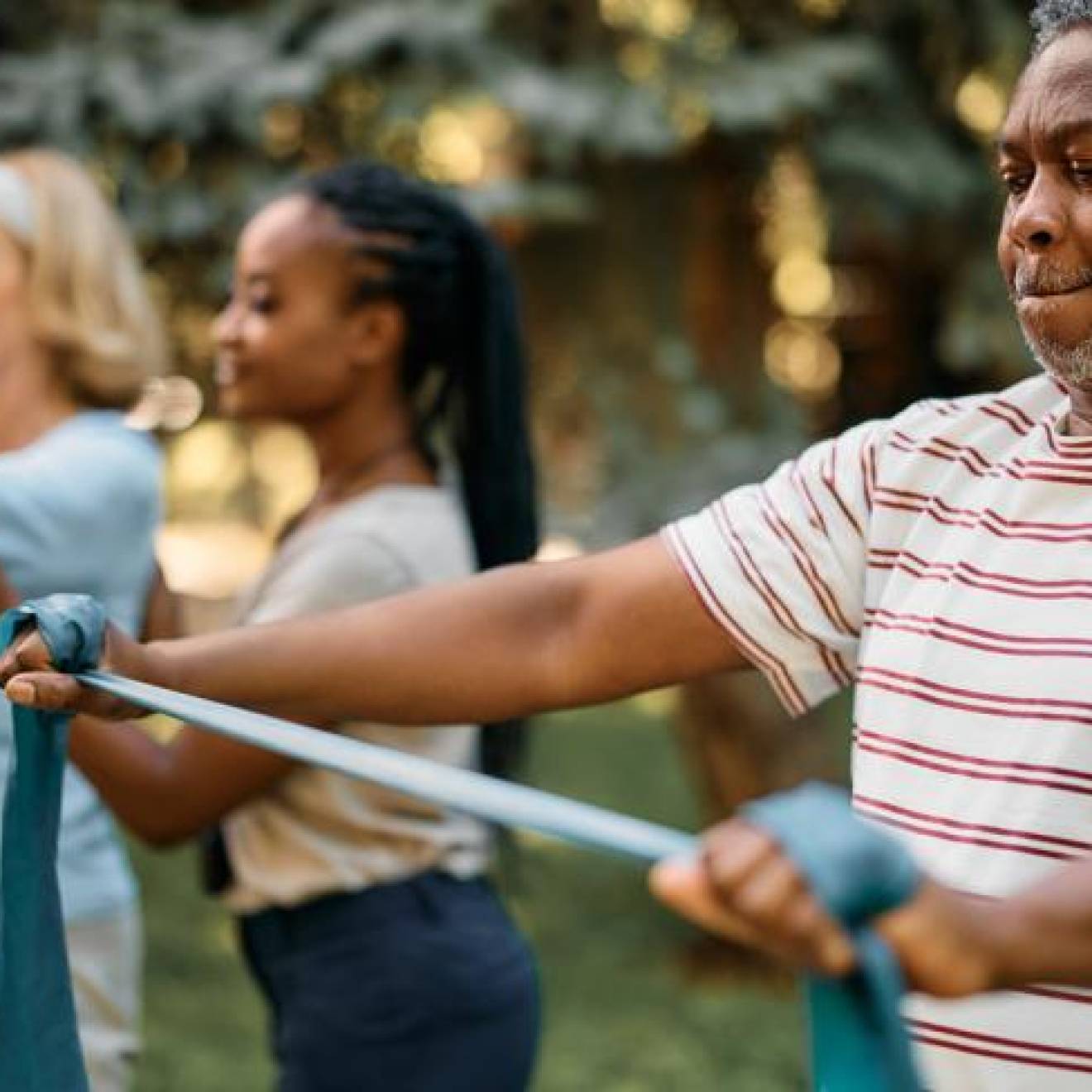Laura Lopez Gonzalez, UC San Francisco

Avian flu cases have spiked around the globe in recent weeks, devastating bird populations and making headlines. The spread of the illness, caused by the H5N1 virus, has resulted in 58 million bird deaths since last fall — driving up poultry and egg prices and raising public concerns about it spreading to other species.
“People are worried that it’s circulating a ton in birds and, now, some in mammals,” explains UC San Francisco infectious disease fellow Natasha Spottiswoode, M.D., Ph.D. “There’s a concern that it might spill over into humans, as previous influenzas have.”
But how likely is it that bird flu spurs the next pandemic? We asked Spottiswoode and UCSF biochemist Joe DeRisi, who combines genetics, computer science and biochemistry to track viruses.
Q: What is bird flu?
Spottiswoode: Bird flu is the common name for a particular strain of what we call highly pathogenic avian influenza, or HPAI. It occurs in wild and domesticated birds across the world.
Flu gets subdivided into influenza A — which includes bird flu — and influenza B, which is less of an issue. Influenza A is further named by the two proteins on its surface, hemagglutinin (H) and neuraminidase (N), but that’s just a fancy way of saying that this particular virus is called H5N1. The numbers in its name refer to its clade, or branch of the influenza A family.
Q: How does bird flu spread to humans?
Spottiswoode: Bird flu can spread to humans if people come in contact with fluids or feces from infected birds and can cause flu-like symptoms. It’s treated with antiviral medication.
There have been no documented cases of human-to-human transmission of H5N1. As of April 2023, only a single person had been potentially infected in the U.S., but this could have been a misdiagnosis because they had been culling birds. If someone is working with birds and getting their fluids on them, it’s possible that very sensitive tests could detect the simple presence of the virus — rather than the patient having a true infection.
Q: How can we prevent future epidemics of bird flu or other animal-borne viruses?
Spottiswoode: There are several ways pandemics emerge, and one of them is by putting different animals and people close together. This includes wet markets and the pet trade, but it’s also becoming more common as wild places shrink.
DeRisi: The 2003 severe acute respiratory syndrome (SARS) outbreak was traced to animals sold in a wet market. There are significant U.S. regulations against wet markets for this reason, but they’re still allowed in other countries.
Spottiswoode: The U.S. is one of the largest importers of wild animals through the exotic pet trade. There was a massive Mpox outbreak this year, which usually affects rodents but can – through close contact – spread to humans, leading to painful rashes, for example. The 2003 U.S. Mpox outbreak originated through the pet trade as breeders kept prairie dogs next to imported pouched rats carrying Mpox.
Q: Will bird flu be the next COVID-19?
Spottiswoode: Bird flu is fairly unlikely to be the next pandemic. To become a pandemic, a virus has to be able to pass from person to person effectively — as COVID-19 does. This virus has not shown the propensity to do that yet.
DeRisi: There have been thousands of outbreaks in birds and dozens in other animals, and the virus hasn’t spilled over into humans. That gives us some confidence that the biological barrier that the virus would have to cross between birds and us is high. That doesn’t mean it can’t be surpassed — we know it can — but it isn’t likely. There’s reason not to panic, but there’s also reason to be cautious.
Spottiswoode: Pandemics are a bit like avalanches — they are both individually low probability, but extremely high consequence events. On a grand scale, with the number of viruses that circulate, there is a very large chance that one of them will become an avalanche. You can ski the same slope every year and nothing will happen. It becomes tempting to say, “I’ll go out today without safety equipment.” Then, one day, everything just comes down on you.
We really should be working on our safety systems to prevent them or stop them in their tracks.

